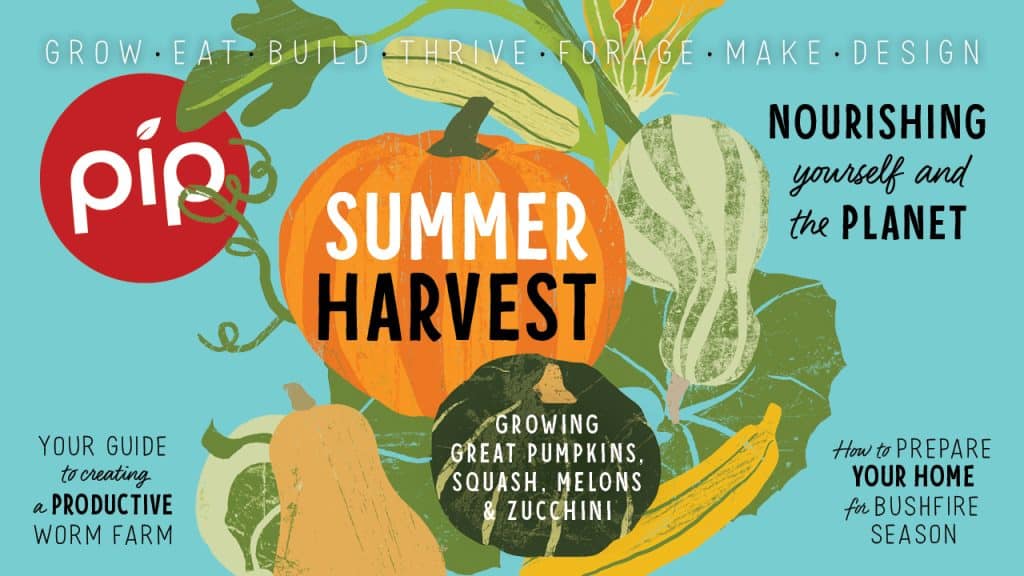

Issue 30 Flipbook
Pip’s Issue 30 is packed full of inspiration and information to bring in the productive food-growing season. We share our in-depth guide to growing your pumpkins, squash, melons and zucchinis, we explain the hows and whys of keeping a highly productive worm farm, guide you…

CUCURBITS: your guide to growing zucchini, pumpkin, squash & melons
Also known as winter and summer squash, cucurbits are warm-weather annuals that may be eaten fresh (like zucchini and melons), or stored for the cooler months (like pumpkins and squash). Now’s the time to get ready for a bumper crop from these easy-to-grow plants in…

WORM FARMING – The hows and whys of successful vermicomposting at home.
Mysterious creatures that turn our green waste into a power pack of microbial- and nutrient-rich castings, worms are essential to both soil and plant health.
Creating your own worm farm is inexpensive, easy and a fantastic way to turn vegie scraps, coffee grounds, newspapers and even…
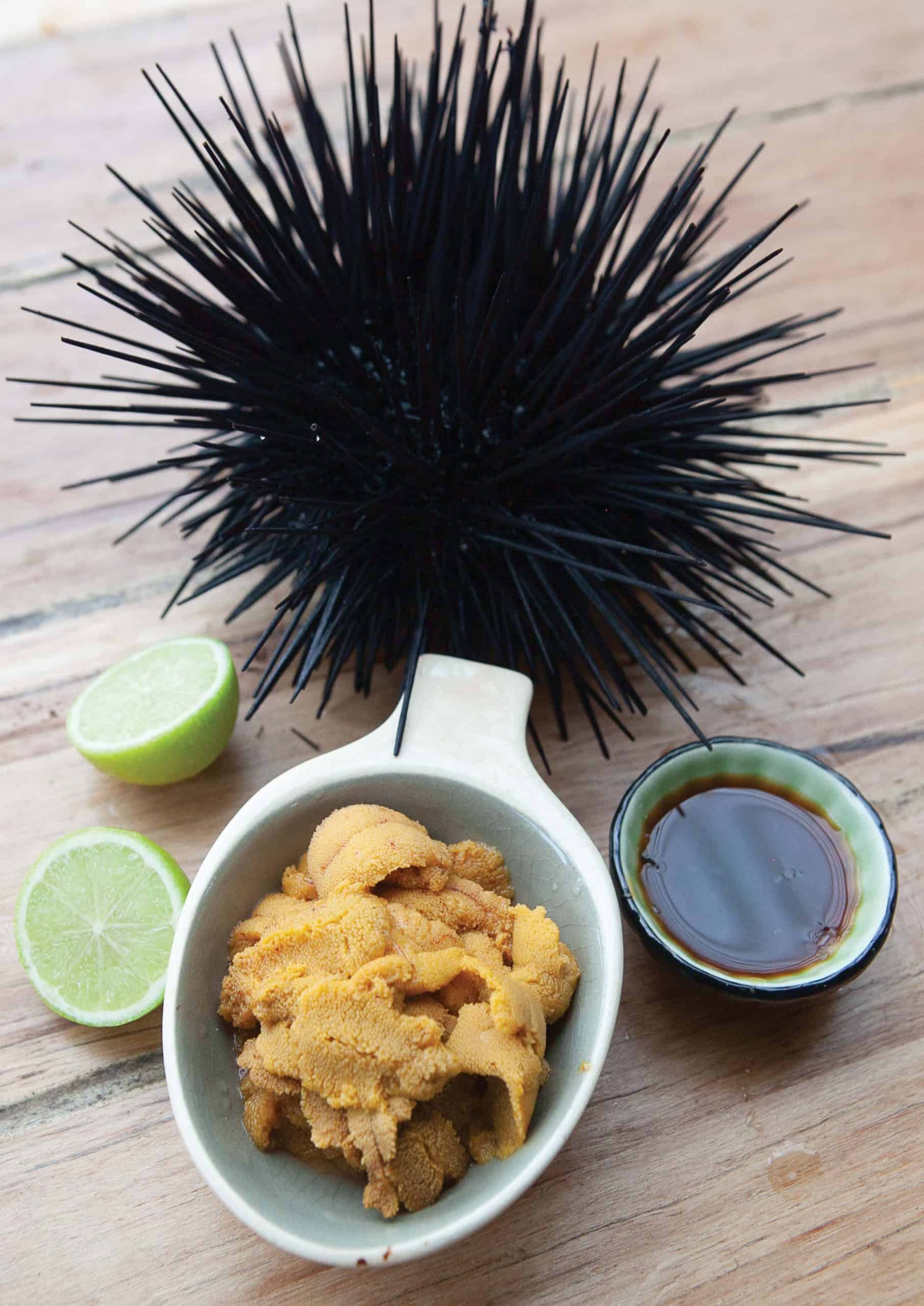
SEA URCHINS – Foraging and preparing sea urchins
Looking every bit a strange creature from the deep, sea urchins are a seafood delicacy. But not only are they good for you and breeding in abundance, they’re playing a significant role in our underwater ecosystems.
There are 950 different species of sea urchin found in…
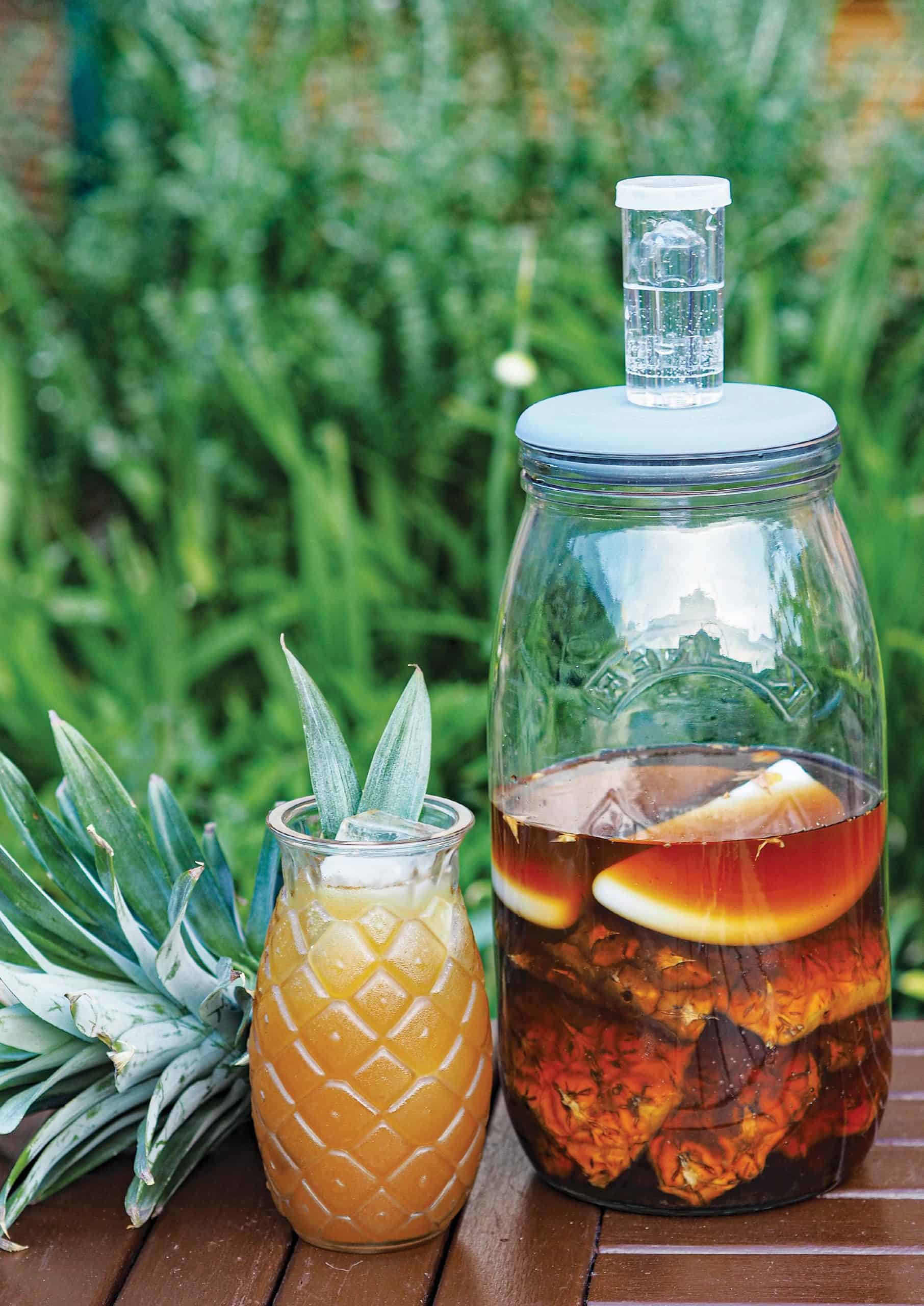
GROW IT, DRINK IT – Growing cocktail ingredients in your garden
With the summer months upon us, now’s the time to look at how to turn the food you have growing in your garden into refreshing cocktails and non-alcoholic drinks.
Growing cocktail garden you can harvest from your garden is a lot more than growing garnishes. It’s…
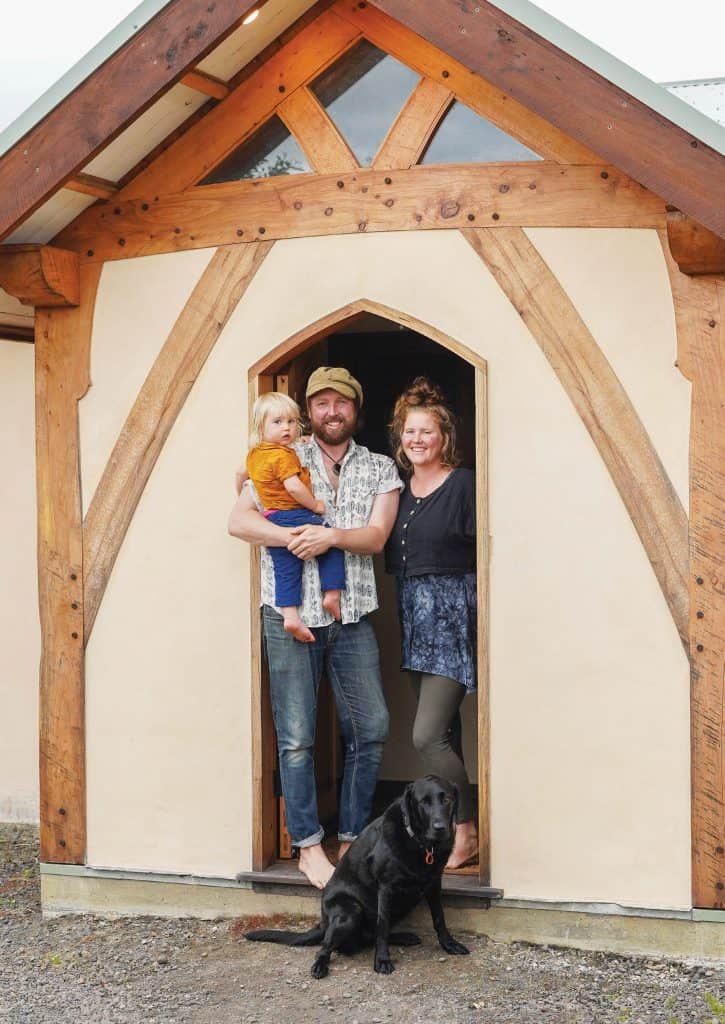
HEARTWOOD REST – built from locally sourced and reclaimed materials
These owner builders set out to blend open- plan communal living with soft edges, natural materials and exquisite attention to detail.
After living in a tiny house for four years, Adam and Sian’s dream of strawbale home started to take shape in 2017 when they purchased…

TAKING CHARGE – everything you need to know about owning an electric vehicle
We’ve known for decades our transport choices are impacting the health of the planet and its inhabitants. So where are we at right now in terms of EV ownership in Australia?
Australia is massive; a land of sweeping plains and very long roads. With our relatively…
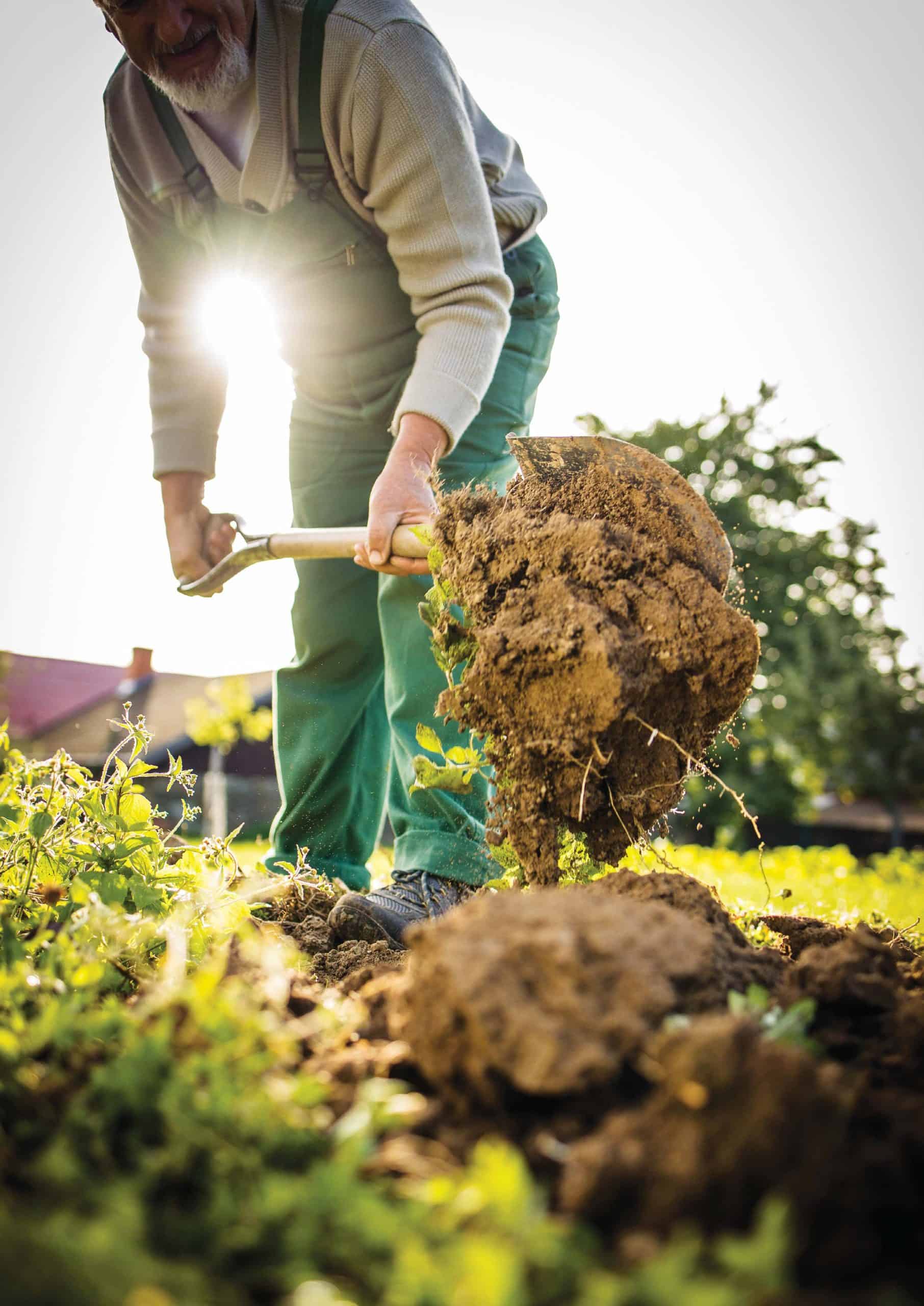
LIVING IT UP – how we can live long and happy lives
Many answers to how we can live long and happy lives can be found by looking at the common traits of the communities in the world with the longest-living populations.
There has been a lot of talk lately about what helps us live to a ripe…

PLAN & PREPARE – Preparing your home for bushfire season
When we think about fire preparation, our first thoughts are usually about cleaning up around the house. But as we head towards what’s tipped to be a particularly hot summer, there’s plenty we can learn from people who have survived catastrophic bushfires.
The unseasonably warm and…
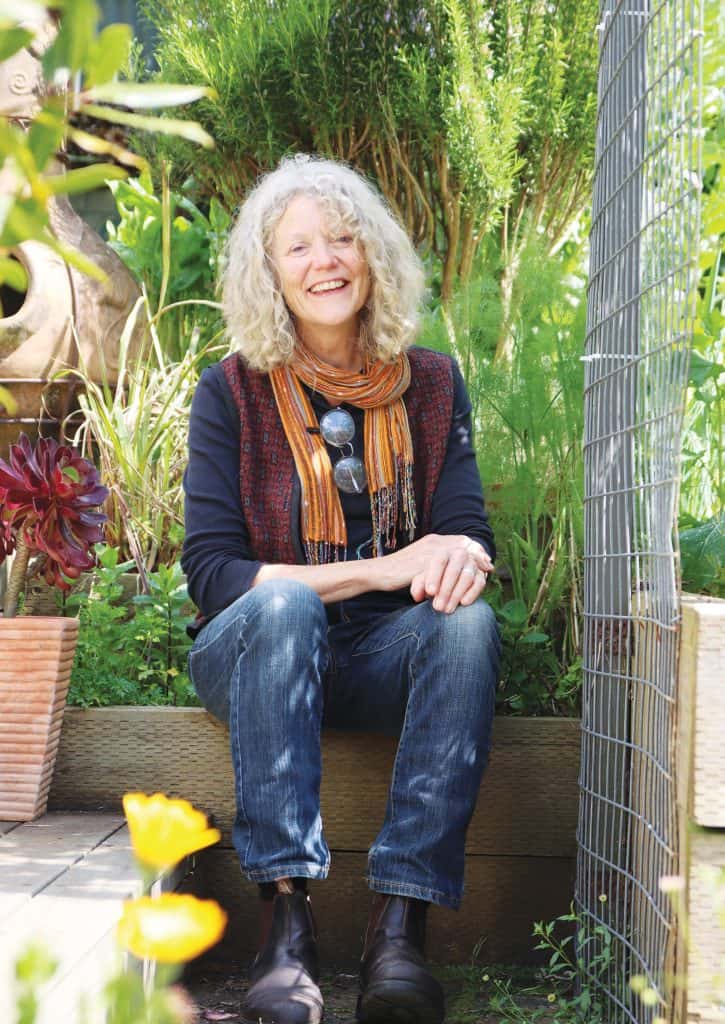
LIZ WALKER – The environmental artist who is practising what she preaches
After years coveting a better way of life, environmental artist Liz Walker has found the home, time and space to do just that.
If you didn’t know better, you’d peg Liz Walker as an incurable hoarder. Countless boxes of rubbish fastidiously and lovingly collected from the…
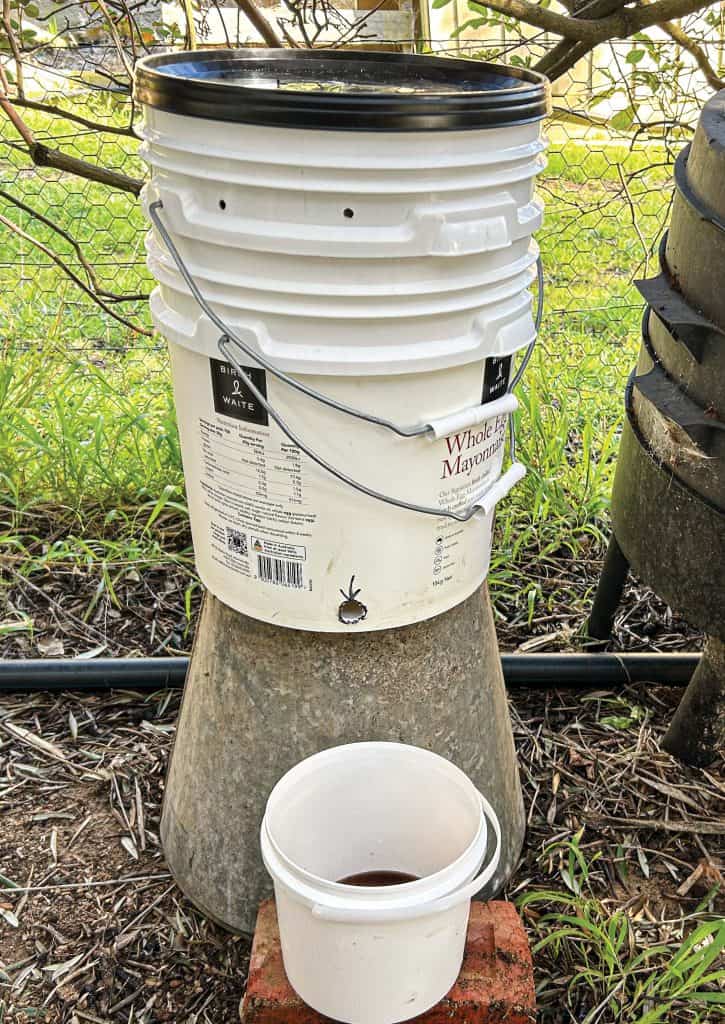
DIY WORM FARM – How to make your own worm farm
Because worms are so low-maintenance, it is easier than you might think to make your own worm farm.
There are plenty of reasons to have a worm farm. Not only are they a hugely efficient way to process organic waste from your kitchen and around your…

NOTICEBOARD
CREATIVE HARVEST
Victoria’s West Gippsland region will play host to the sixth annual Creative Harvest, which brings creative minds and green thumbs together in a celebration of sustainability. Held over 27–28 January, there’ll be 15 open food gardens to visit, plus 30 artists and producers in…
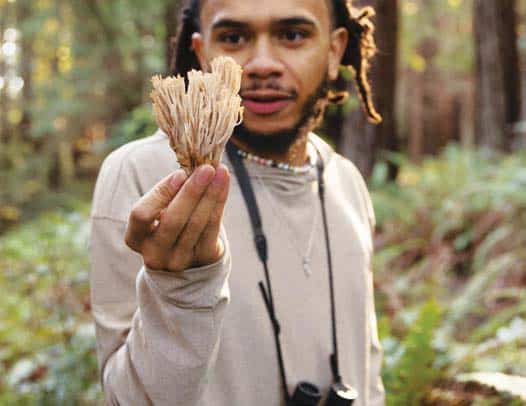
INTERNATIONAL PROJECTS
MYCOSYMBIOTICS LAB
mycosymbiotics.com
The Mycosybiotics Lab was created as a citizen-science project by young permaculture designer and international educator William Padilla Brown, who sees mushrooms and algae as biological aids for permaculture systems. Based in Pennsylvania, William hosts forest foraging tours, sets up urban mushroom micro-farms, shares…

FIVE OF A KIND – 5 Ways To Deter Pests
Just as much as we love good homegrown vegies, so do many pests species and as the weather’s warming up, now is the time to be on the lookout for them and to do what you can to prevent them.
As a general rule, pests will…
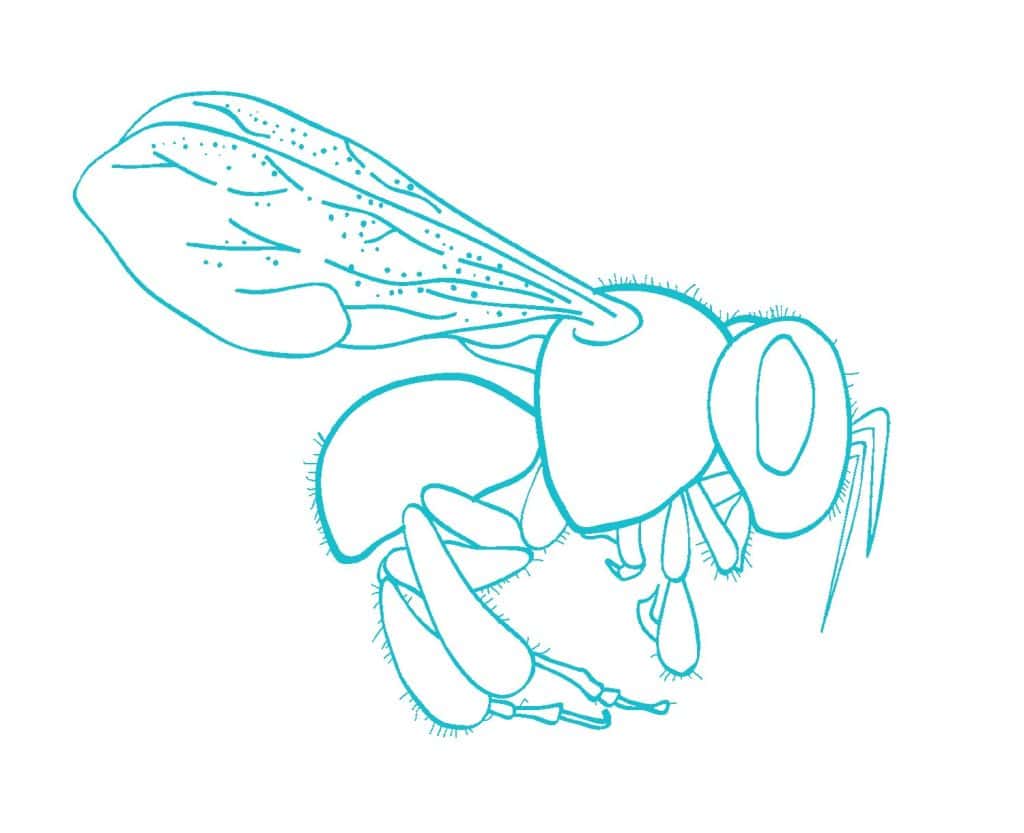
BRAINS TRUST – Australian Native Bees
What is a native bee?
Different to the European honey bee most people are familiar with, Australia has around 2000 native bee species which are found all around the country. Nearly all of our native bees are solitary bees, meaning they nest on their own and…
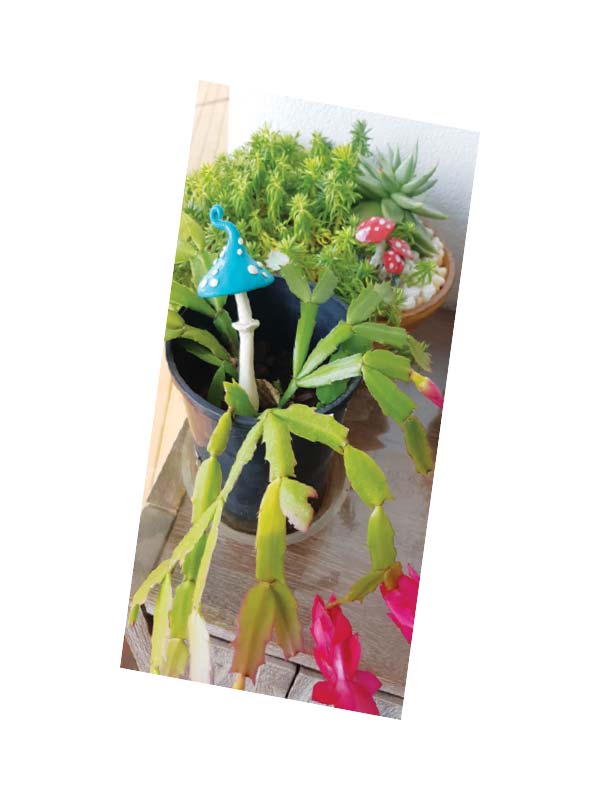
LETTERS TO THE EDITOR
We’d love to receive your feedback, questions, ideas or to see if we’ve inspired you to embark on any projects. Email your letters and photos to editorial@pipmagazine.com.au
On a whim
The only time I buy magazines is at airports when I have a long wait. So when…

INDIGENOUS KNOWLEDGE – Saltbush
There are about 60 species of saltbush in Australia and around 250 throughout the world, however not all of them are edible.
As its name suggests, saltbush is a hardy saline-tolerant plant. A member of the Chenopodiaceae subfamily, it grows in Australia’s dry areas, preferring warm…

SAVE YOUR SEEDS – Garlic
Allium sativum – allium was the Roman name for garlic; sativum means cultivated in Latin.
ORIGINS
It is believed garlic originated in the mountains of Central Asia. It was found wild in the Altaic Mountains of Siberia and also much closer to Europe in the southern part…
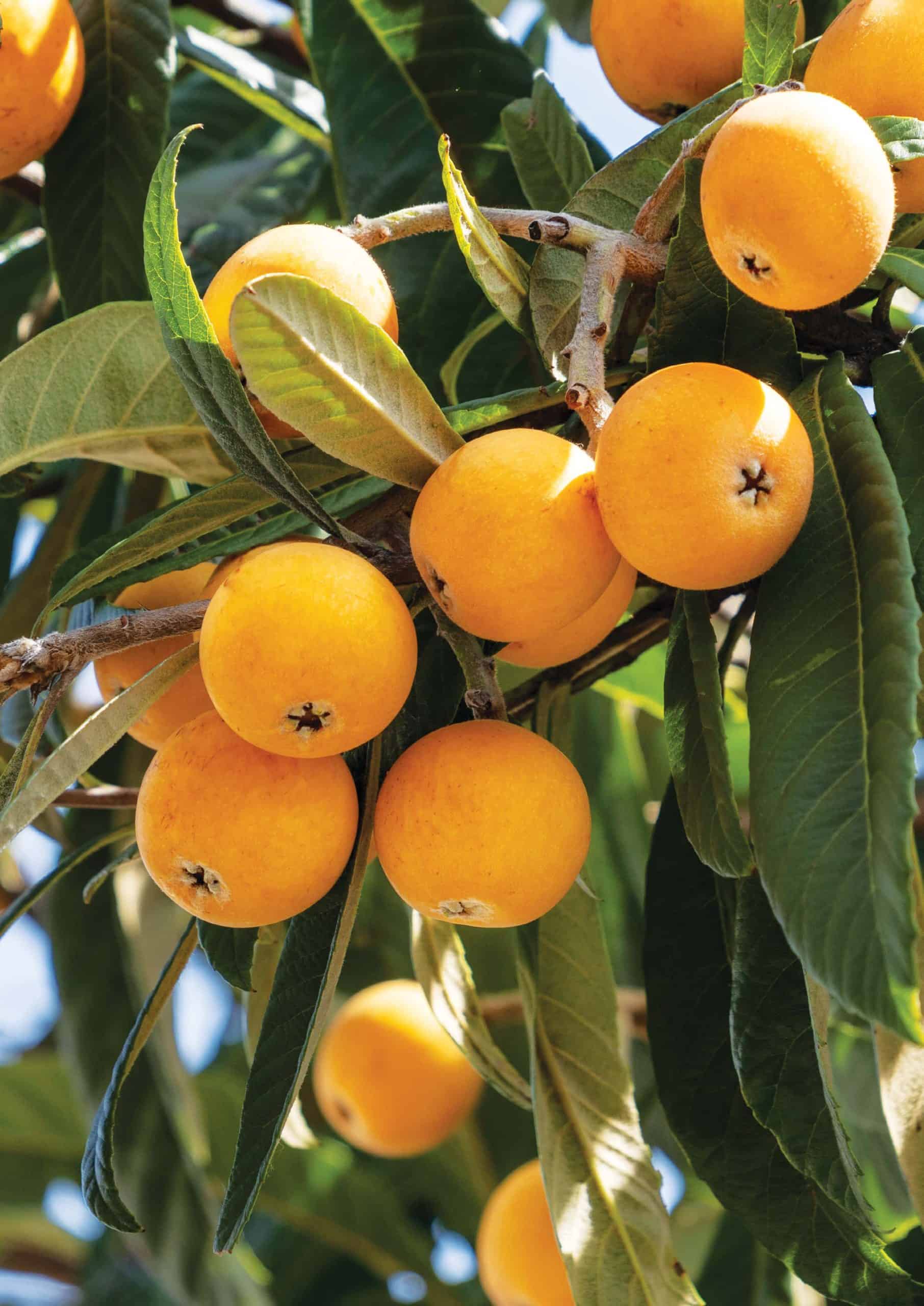
URBAN FORAGING – Loquat
Once a popular Australian backyard tree, loquats fell out of favour over a decade ago. However, you can still spot a branch of a mature loquat hanging over a fence, laden with fruit and ripe for the picking.
This evergreen tree is a feature in any…
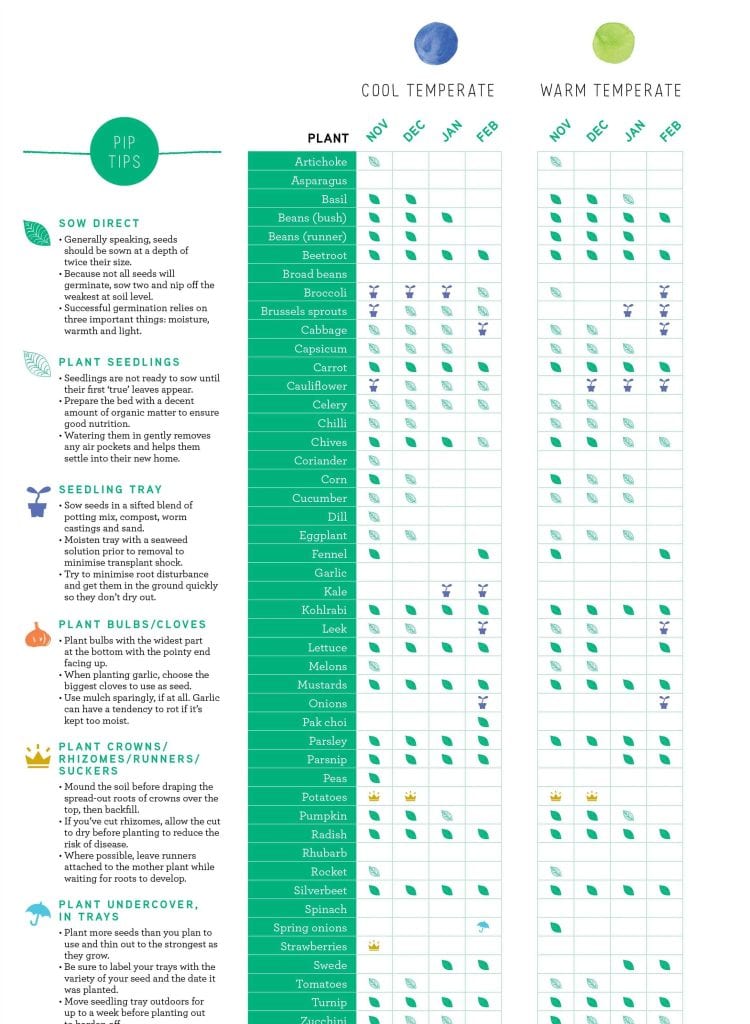
IN THE GARDEN – November-February
Seasonal garden guides for Australian climates
Moon planting
The moon’s phases and its associated gravitational pull has a significant effect on the behaviour of tidal oceans, so it’s easy to understand how the moon can have a similar effect on the moisture in our soils and plants….

KIDS’ PATCH – Create, find, learn & laugh
We love seeing what kids are growing with their families in their gardens, so snap and email us an image of what you’re harvesting at the moment. Email the photo to editorial@pipmagazine.com.au to win a copy of The Dam, by David Almond. This issue’s winner…
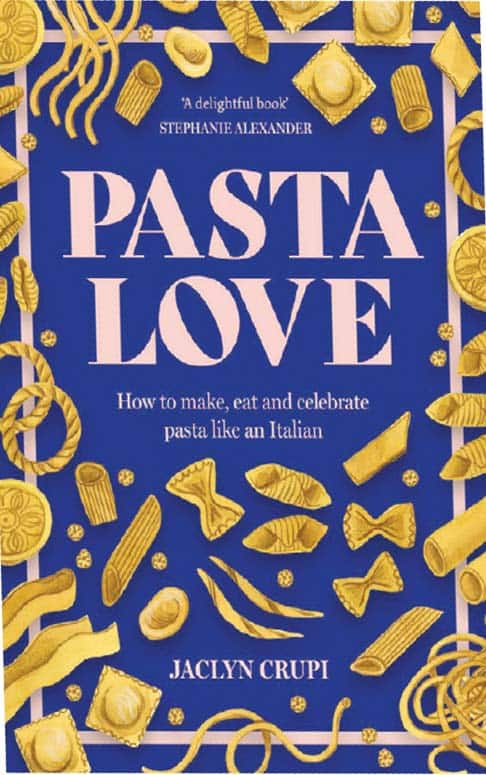
LOOK & LISTEN
The books, films & podcasts inspiring you to make a difference
PASTA LOVE
HOW TO MAKE, EAT AND CELEBRATE PASTA LIKE AN ITALIAN
BY JACLYN CRUPI (AFFIRM PRESS 2023)
According to Jaclyn Crupi – a proud Italian-Australian pasta maker and devotee (and whose garden we featured in Pip Issue…

TRIED & TRUE – Product tests
There are many different ways to break down organic waste, each with its own nuances. Australian brand Subpod offers a range of easy-to-assemble worm farms that make composting waste and turning it into nutrients you can use to grow food both hassle free and smell…
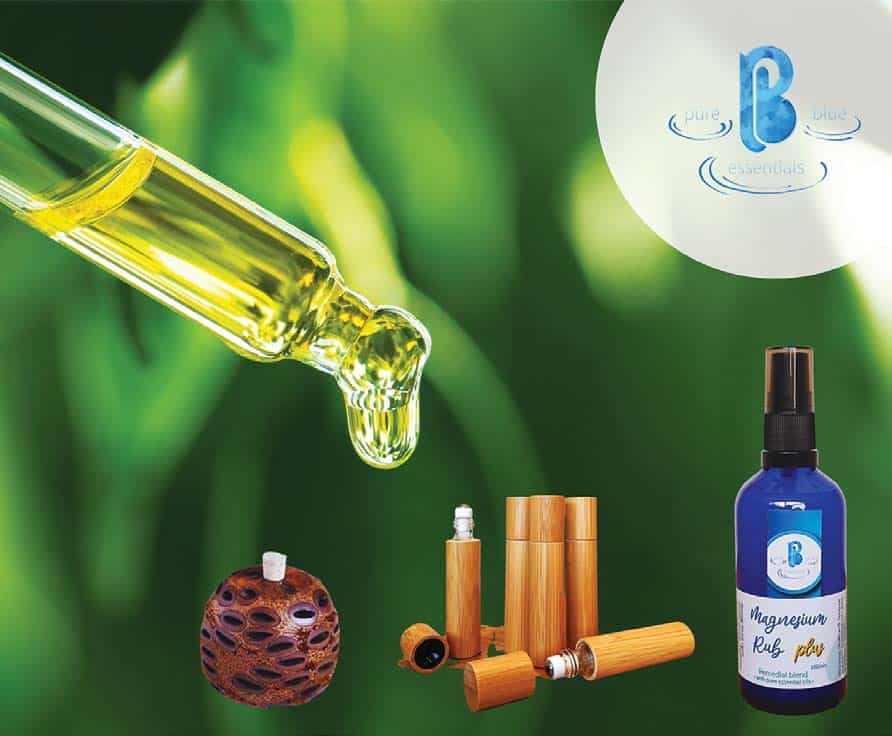
ETHICAL MARKETPLACE
Pip partners with brands who align with its values. Ethical companies producing good- quality products that don’t harm the planet, instead aiming to improve it. Browse more ethical companies you can choose to support at www.pipmagazine.com.au PURE BLUE ESSENTIALS Pure Blue Essentials is about a…
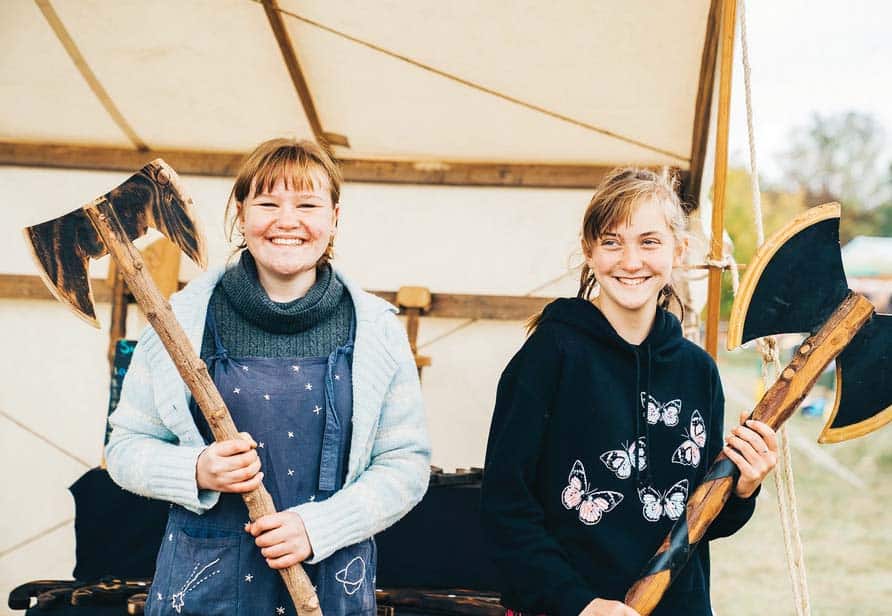
PIP PARTNER – Off-grid Living Festival
Founded in 2018, the Off-Grid Living Festival has grown into one of the most comprehensive and informative sustainability events in the country.
From traditional skills and homesteading to electric vehicles and emerging technology, the Off-Grid Living Festival is far more than an event to help you…


